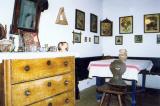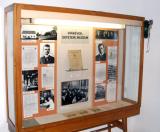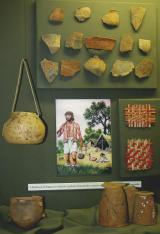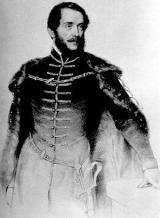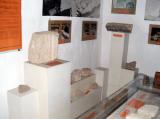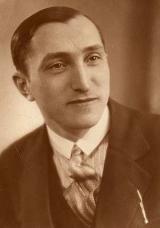
He was born into a peasant family in Tömörkény. After graduating from training collage in Kiskunfélegyháza, he began teaching at a school in Felsőpusztaszer. He lived in a community of Tanya people and was involved in the cultural and political life of the village.
He met Ferenc Móra during his ethnography field work. In one of his letters, Móra wrote the following about education of the peasantry: "I can name three teachers to whom I owe gratitude as archaeologists: one of them was Lajos Hock from Dorozsma, the other was István Kiss from Kétegyháza, and the third was János Jaksa from Pusztaszer.” (Ferenc Móra: Véreim. Parasztjaim. 1958. 218.)
He married Amália Vangel, a teacher in Pusztaszer, in 1937. They had three children. He was transferred to Balmok, then to Szegvár in 1944 where he taught until his retirement. The first ethnographic and local history exhibition in the village, the Village Museum, opened due to his tiresome work in 1948. A street was named after him after the change of social system in Újfalu, Szegvár.


